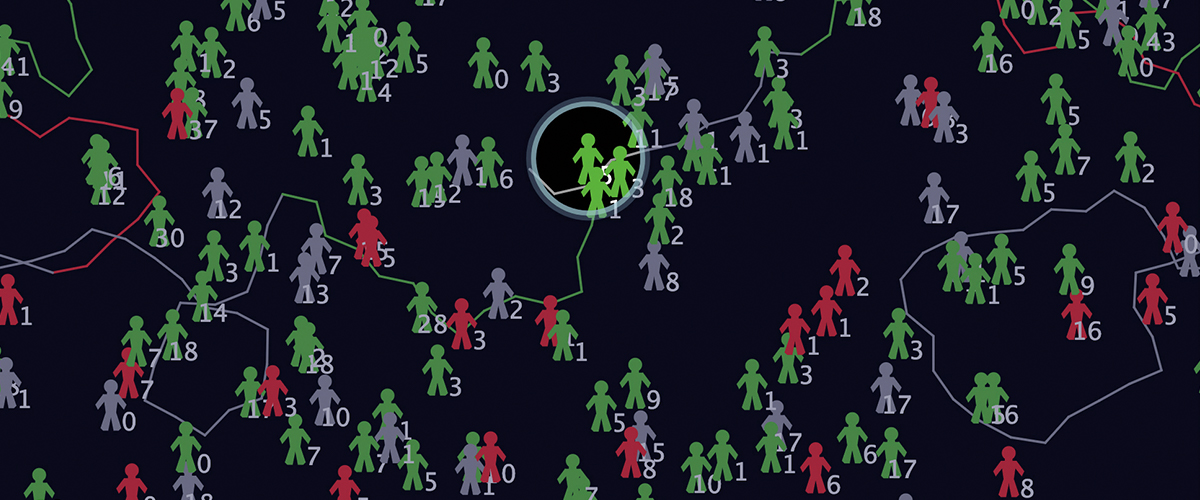Teachers Learn How to Add Computational Thinking to Their Classes
Longtime Chicago Public Schools special education and biology teacher Sue Juhl has a self-described “unhealthy fear of computers and any kind of programming.”
But after just four weeks working with Northwestern learning and computer scientists and curriculum developers, Juhl unveiled a timely and relevant new class that combines computer models, data, and algorithms with social-emotional learning to help students recognize and mitigate the risk of COVID-19.
Juhl was among the more than 70 educators who have learned how to incorporate newly acquired computational tools and skills into their curricula through Northwestern’s Computational Thinking in STEM program.
The free, four-week professional development summer workshop brings teachers together with the CT-STEM team to brainstorm ideas and cocreate curricula that teachers can use in the coming school year.
Even after the official training ends, the Northwestern team supports teachers in the classroom and online. The codesigned curricula are then reviewed by instruction design experts and made available for public use on the CT-STEM website.
Led by SESP professors Uri Wilensky and Michael Horn, the CT-STEM program builds on a decade of work with high school science teachers. Wilensky and Horn also codirect the world’s first joint PhD program in computer science and learning sciences.
“The partnership is truly 50-50, with the Northwestern team using computational tools to help teachers make what and how they teach more powerful and engaging,” Wilensky says.
“Every scientific discipline—biology, chemistry, physics—heavily uses computational methods and tools,” says Horn. “Computer coding is how scientists deal with large and small amounts of data. We’re trying to bring high school science in line with real science and bring it alive.”
Students use Wilensky’s NetLogo computational modeling environments and Horn and Wilensky’s NetTango blocks-based interface to explore an array of questions, including how diseases spread, how lines move at the grocery store, and how quickly forest fires burn.
Juhl and one of her codesign partners modified a NetLogo model to create a COVID-19 pandemic simulation (right) that lets students control the number of people infected who remain symptom-free. Modeling shows how the virus spreads when parameters regarding infectiousness and behavior are changed.
Juhl’s curriculum, designed for special education and English-language learners, includes seven lessons that can be used for students in grades six through ten.
“COVID-19 is more than just a scientific phenomenon,” Juhl says. “It is also a social, financial, and emotional one. So we built this into the model to personalize it and help kids discuss it.”
